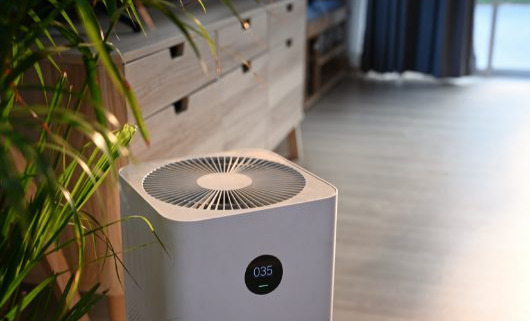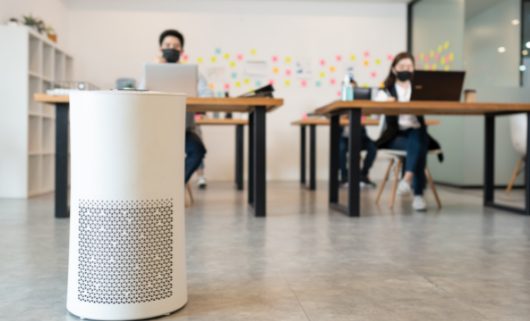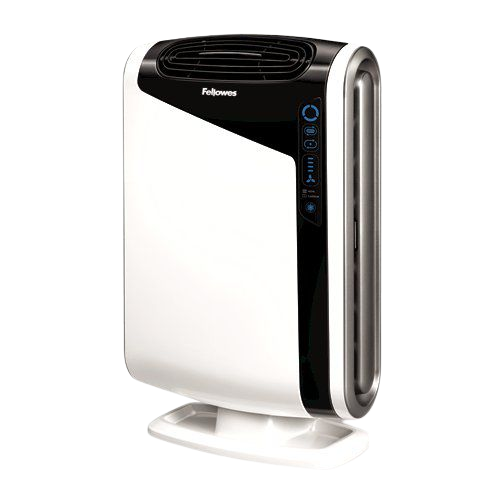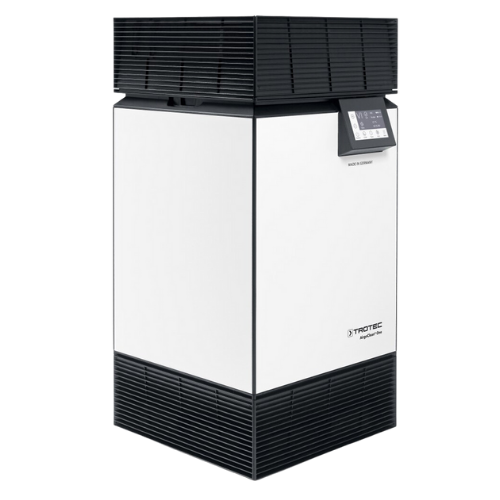With so many air purification systems on the market, it can be confusing knowing which one will be suitable for your needs and how many units will need required.
A good air purification system cleans the air removing viruses, bacteria, allergens and VOC’s (volatile organic compounds). Some models go a step further and have UV or thermal decontamination processes built in to kill bacteria and viruses that have been captured within the filters. Air quality reporting is also possible within for the areas where air cleaners are located, so do ask if this option is of interest.
Air purifiers previously focused on eliminating dust, pollen, smoke and odours but more recently (post Covid-19), the manufacturers advanced technology has focused on removing and eliminating bacteria and viruses and carrying out independent testing against Human Coronavirus for peace of mind.
What do Air Purifiers do?
Air purifiers prevent poor air quality that can lead to the spread of harmful bacteria, which can create offensive odours and increase the risk of infection. Standard room cleaning and disinfection methods are not enough and at best, they’re a temporary measure. As soon as the area is cleaned, the airborne microorganisms immediately begin to settle again, recolonising the surfaces where the bacteria continues to grow and spread. Air purifiers purify the air by pulling air in and filtering pollutants until they are neutralized and then recirculate the air.
Check out the video to see the Trotec V+ in action which is suitable for larger spaces (room size up to 82 m² or -200 m²).


















